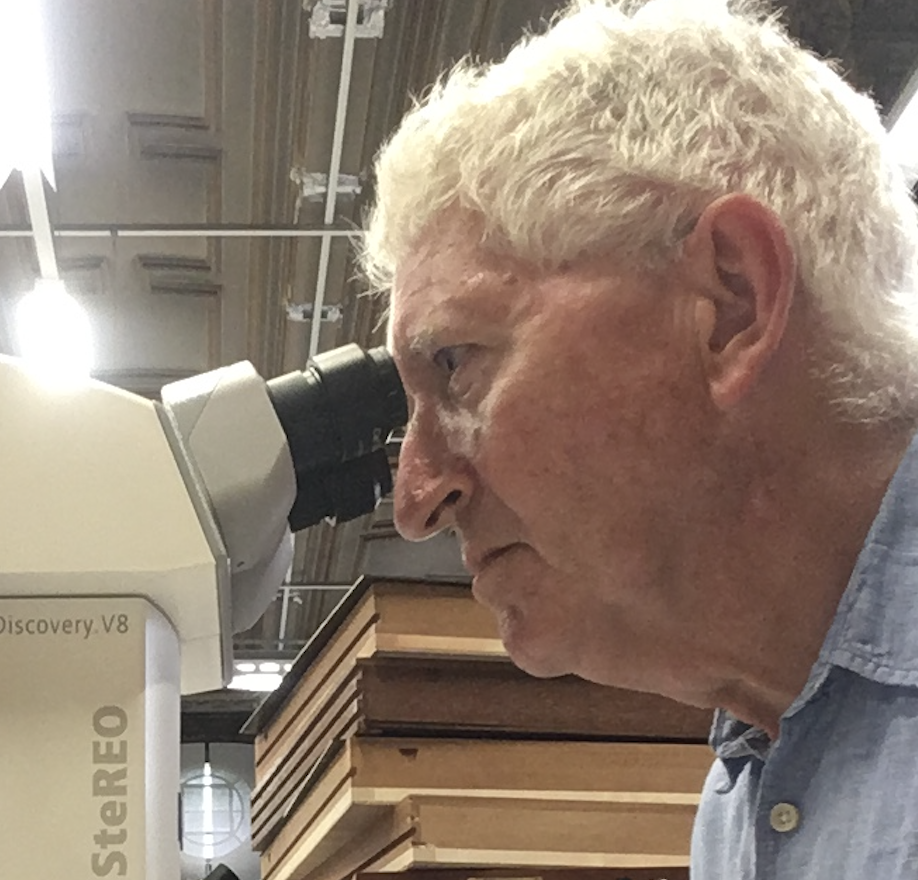The body cavity of insects, containing the essential organs, is bathed in a liquid called haemolymph, which is only vaguely analogous to blood.
In vertebrates, blood is mainly associated with carrying oxygen to the tissues and removing carbon dioxide, but haemolymph contains no respiratory compounds like haemoglobin.
Instead gas exchange occurs directly between the tissues and minute breathing ducts (trachea), which thread through each segment of the body.
The main purpose of haemolymph is to transport nutrients around the insect’s body. A rudimentary pumping circulation system takes the liquid from a sump in the abdomen through one-way pores, and into a muscular vessel running along the back of the insect.
Inconsistently sometimes called the heart at the rear and the aorta near the front, this tubular conduit moves the blood forwards, where it floods out into the head capsule before permeating its way back to the main body cavity again.
Do you have a wildlife question you’d like answered? Email your question to wildquestions@immediate.co.uk or post it to Q&A, BBC Wildlife Magazine, Immediate Media Company, Eagle House, Bristol, BS1 4ST.
Main image: Brown hairstreak butterfly at Alners Gorse, Dorset, UK. © Megan Shersby
